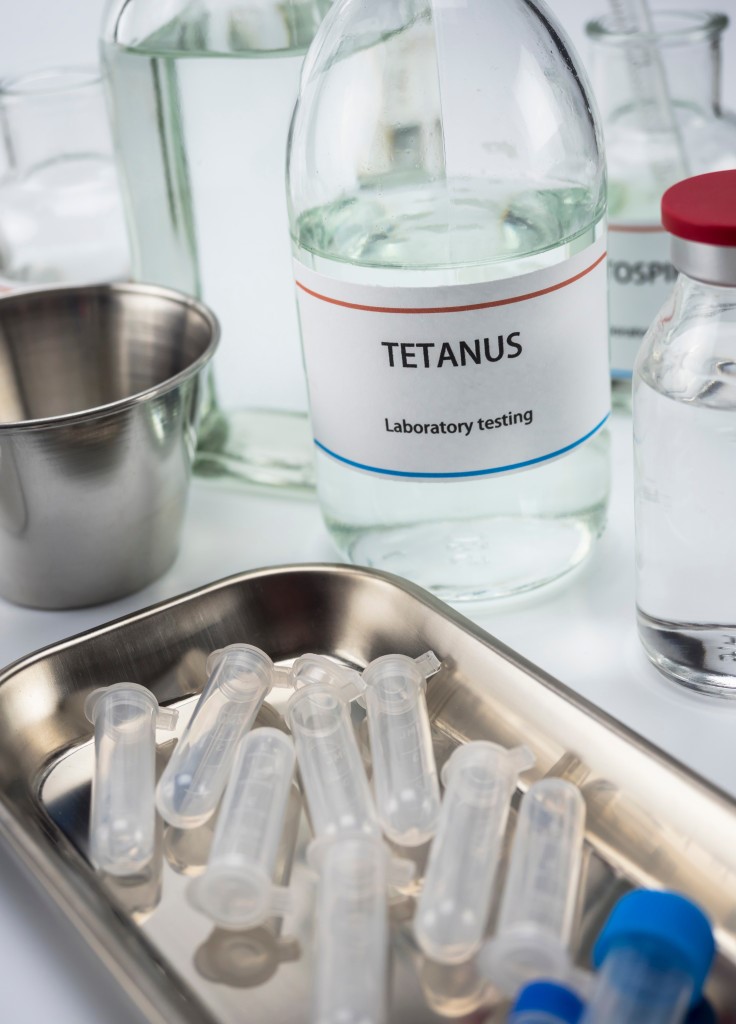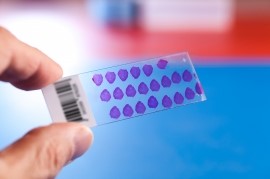A key focus of my blog is Science, Technology, Engineering and Mathematics (STEM). I key component of medicine is toxicology which has both clinical and research aspects. If you’re on the clinical testing side, there are certain principles involved. The following guest post is entitled, 4 Principles of Toxicology Testing in Clinical Labs.
* * *

Toxicology testing in clinical laboratories is essential for monitoring and evaluating the impact of toxic substances on human health. It plays a crucial role in helping us understand how our environment affects us and providing information to healthcare professionals about possible risk factors associated with specific exposures. The four principles of toxicology testing provide vital insight into the practice of toxicology testing.
1. Collection
The first step in any toxicology test is collecting a sample from the tested person. This can be done using various methods, such as blood or urine sampling. In some cases, tissue samples may also be necessary for more specific tests. Depending on the type of sample being collected, additional steps may need to be taken to ensure that the sample is adequately preserved and handled.
Once the sample is collected, healthcare professionals must test it with clinical laboratory equipment and supplies. Equipment suppliers for clinical labs provide a wide range of solutions for any testing need, from test kits to specialized instruments for measuring sample toxins. These suppliers also offer a variety of consumables, such as reagents and disposables, that are essential for testing samples. In addition, they provide training and support to ensure that tests are accurate and reliable.
To get the most accurate results, it is vital to use the correct type of equipment for a given test. For example, a specialized laboratory oven might be needed for specific tests, while a microscope might be necessary for others. Knowing what equipment is required can help ensure accurate testing and results.
2. Analysis
Once the sample has been collected, it must then be analyzed to determine what substances are present and how much of each substance exists in the sample. This can be done through various tests, such as chromatography or spectrophotometry. The results from these tests will indicate which specific chemicals or other elements are present in the sample.
The analytical techniques used to analyze the sample can vary depending on what it is being tested for. For example, if a sample is being tested for pollutants, then methods such as fluorescence spectroscopy may be employed. This technique measures the amount of light absorbed by different substances to identify them. Similarly, gas chromatography may be used to analyze samples for volatile compounds. This technique separates the components of a sample based on their boiling points and allows for highly accurate quantification of them.
Once the results from the analytical techniques have been obtained, these can then be compared to various standards to determine if any issues are present with contamination. Standards may vary across different jurisdictions, depending on the regulations in place. For example, if a sample is being analyzed for heavy metals, the results must compare to the accepted levels set by environmental protection agencies. It is essential to ensure that any substances present in a sample are within acceptable limits so as not to pose a risk to health or the environment.
3. Interpretation

Interpreting test results is essential for determining if any health risks associated with specific exposures exist. Toxicologists use various techniques to assess the toxicity of the substances found in a sample. This includes looking at the amount of each substance present and its potential effects on humans or animals.
Several factors must be considered to interpret a sample test’s results accurately. Factors such as the dose-response relationship, environmental fate, and bioavailability should all be examined. Additionally, healthcare professionals must consider potential synergistic effects to understand the full implications of the test results.
The dose-response relationship is an essential factor to consider when interpreting toxicity test results. This relationship describes the rate at which exposure to a substance increases or decreases its associated health risks and can be used to determine if specific exposures are safe or not. Environmental fate refers to how long a substance persists in a particular environment. At the same time, bioavailability describes the amount of a substance that enters the body and the rate at which it is absorbed.
Synergistic effects refer to interactions between substances that can cause adverse health effects. For example, exposure to low levels of two chemicals may not result in any adverse effects individually, but when combined, could lead to serious health risks. Toxicologists must consider these factors when interpreting test results to ensure accurate and comprehensive interpretation.
4. Communication
Once the results from a toxicology test have been interpreted, it is essential to communicate any findings to those involved in the testing process. This includes notifying healthcare providers about any significant health risks associated with exposures to certain substances, as well as informing laboratory personnel about how to handle any hazardous materials present in samples properly. Additionally, communication between different laboratories may be necessary when coordinating multiple tests related to the same exposure event.
When communicating results to healthcare providers or laboratory personnel, it is vital to be clear and concise. The report should include all relevant information and recommendations for further action or follow-up testing. The report should also be backed up by documentation such as case history forms or chemical analysis reports ensuring accuracy. Healthcare professionals should also provide reference materials to facilitate further understanding.
Before disseminating any results, it is essential to review the material for accuracy and completeness. Quality assurance procedures should be followed to confirm that all necessary steps have been taken before disseminating information. Relevant personnel should also be consulted where possible, as this can help identify potential issues or discrepancies.
In Summary
The principles outlined here provide an overview of the various steps involved in toxicology testing and how they all work together to keep individuals safe from adverse health effects associated with exposure to hazardous materials. By following these guidelines, clinical laboratories can play a vital role in keeping patients informed and protected from potential risks.

